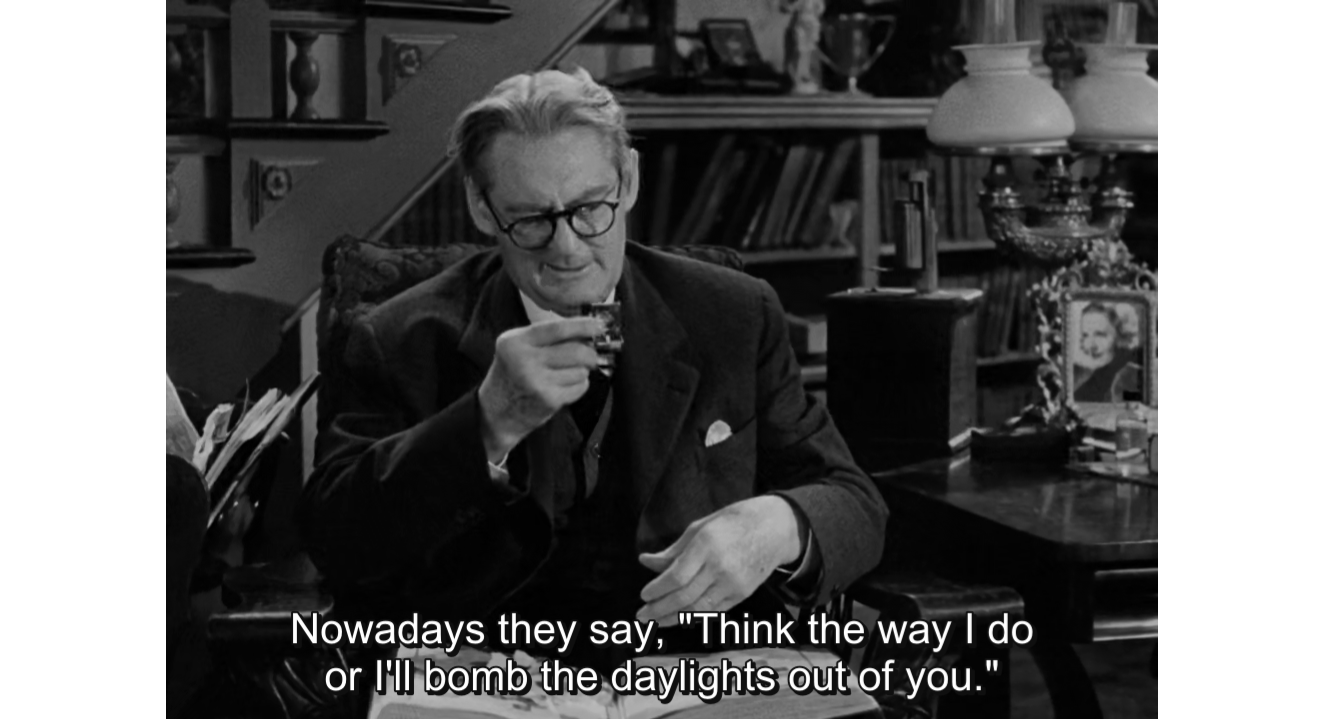
Find Me Guilty (Sidney Lumet, 2006)
After getting used to Vin Diesel sporting a beer belly and a thin crop of dirty brown hair, to the satirical groove of Sidney Lumet's filmmaking and the surprising liveliness of the actual minutes of the longest criminal trial in American history, Lumet's latest film Find Me Guilty is actually very very fun. The courtroom drama genre has been associated with boring legalese or morally ambiguous thematics, and while both descriptions of the genre are still very present in this film, there's a gratifying sense of sincerity and ignorance that somehow blinds us from getting what Lumet might be saying. In other words, despite the difference in mood with Lumet's first film 12 Angry Men (1957), there is actually a whole world of similarities between the two films; as if the two films can be viewed together --- the earlier film to show what happens inside the jury room, the later film to show the human drama that blurs the sight of justice and truth.
Diesel plays Jackie DiNorscio who in the beginning of the film, gets shot by his junkie cousin before being convicted of illegal drug trade charges. Jackie did not finish grade school but is forced to defend himself in probably the biggest legal battle (the state is trying to convict an Italian criminal "family" for conspiring in several illegal activities ranging from illegal gambling to murders) he'll ever face when he loses faith on his slimy attorney. Jackie exchanges legal logic with charm and humor, threatening both the prosecutors and his co-defendants. After several lengthy opening speeches by the group of battle-ready esquires, Jackie pumps up his speech with naughty jokes and private references --- "a laughing jury is not a hanging jury."
The moral ambiguity of the film does not burden Lumet's filmmaking. Lumet practically colors the family of mobsters and gangsters while drably turning the prosecutor into a drab and impersonal crusader. Two years pass with the courtroom being filled with different characters --- the rowdy Jackie, midget yet very fluent lawyer Ben Klandis (Peter Dinklage), the conniving and annoyingly treacherous mob lord Nick Calabrese (Alex Rocco), and a bunch of highly emotional witnesses and even more emotional defendants --- and a consistent human thread forms between these people; something that would eventually land conveniently on the laps of the tired jury members, or the mediator and administrator of the proceedings, the judge. The question of justice being fogged by human faces escapes the grasp of Lumet. By the film's end, the lines of truth and reason is blurred when we get too comfortable with Jackie's life and his lack of personal restraint, or too drawn to Klandis' blossoming relationship with the self-defending ignoramus who turns out to be wiser than he speaks.
Lumet and T.J. Mancini almost accurately recreates what really happened inside the courtroom --- adapting the courtroom sequences from the actual minutes of the trial. I'm pretty much sure the theatrics of trial lawyering have been pumped to fit cinematic standards, the opposing roles of the judicial system have been Hollywood-ized with assignments of protagonist and antagonist, and the ongoings are much more friendlier than what really happened. It's a convenient manipulation that provides a clearer rationale behind the jury's acquittal of the defendants; probably much clearer than the onslaught of connected and disconnected pieces of evidence fed to them with precise professionalism by the prosecutor's team. Procedure and facts are forgotten in this kind of trial, especially when a clear human face surfaces; argumentum ad misericordiam reigned.
Find Me Guilty is courtroom Rocky (1976), which is not really bad if you really think about it. It shouldn't be something you'd take with you when faced with your own legal trials (it shouldn't be seen as an inspirational piece the same way Rocky became the mantra of many self-proclaimed underdogs worldwide), it's best digested as a piece of entertainment, or a diversion from the typical stoical action hero roles Diesel has been in.




















































